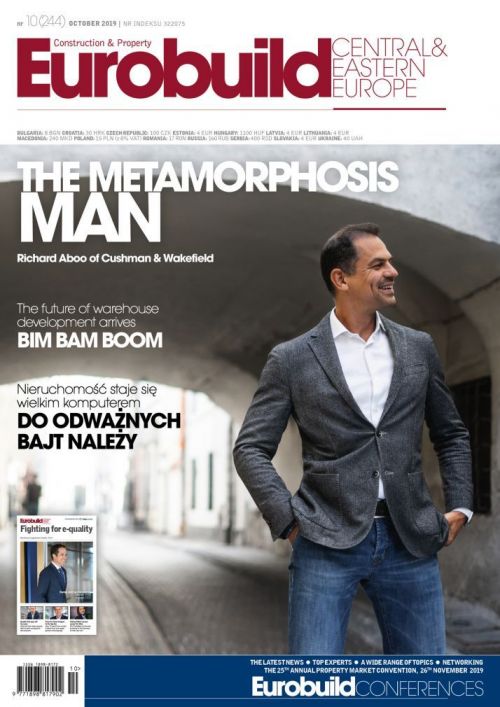Visualise this
Endpiece
It would hardly be a revelation to say that some visualisations improve on reality. A nice picture sells better and, perhaps, sells a project better. The thing is, that in this hi-tech age even the most experienced graphic designers can find it difficult to distinguish nice-but-artificial images from photos, especially if the photo has been retouched. So how is the regular punter supposed to notice the difference? And here lies the rub.
For some time I’ve been wondering whether the ordinary visualisation has had its day, if it could possibly withstand the onslaught of VR, AR, AI and all the other fiendishly hi-tech inventions that we keep coming up with. One architect told me that clients always want even more realistic images than a few years ago, and so basic renderings are no longer enough. As long as the software keeps on improving, ever more realistic depictions can be achieved to fulfil this need, he argues. The customer always gets what the customer wants, or so the old saying goes. And, at the end of the day, it’s the client who pays. So how much do they pay? One developer I spoke to told me that the cost of a single “picture” is several thousand złoty. Another was more precise – depending on the number of buildings to be visualised and the deadline, the price generally comes to around PLN 3,000 per picture.
In fact, there are visualisations and “visualisations”. One particular developer enlightened me about this distinction: “There are two types of visualisations that serve two different purposes. One type, architectural renderings, portray the exact shape of the building, the texture and colours of its façade, its architectural details, along with the selection and interaction of the materials. They are used mainly for internal purposes and to make sure that the building drawn by the architects matches how it looks in reality. The second type, the “visualisation”, is to show the building in action: with people, services, as part of its environment, at different times of the day… showing you its social functions and how it will be used. These are usually meant for external publication. When creating such images for our marketing, we usually work with specialist companies.” It’s only natural to conclude from this that the artists who work on those for public perusal can “indulge” themselves a little. And what the developer told me next should therefore come as little surprise: Visualisations can not only be pimped up by adding but also by taking something away from the building’s surroundings. Having a major road or railway line next to a building is not always an attractive feature. “Sometimes I’ve come across visualisations where the artist got slightly carried away and erased a bit too much from the surroundings,” admitted another developer.
Clearly, there’s a lot of scope for, let’s say, creativity, but can they compete with the latest forms of presentation, such as VR and AR, which really allow you to go wild? Opinion is divided. “Visualisation is a form of spatial representation that, as long as it’s done properly, will always hold its own. It allows you to depict exactly what its creator wants to convey – the form, the detail and the atmosphere,” – was the view of an architect I asked. The most sceptical person I spoke to about the future of visualisations was a residential developer, who said: “In the age of augmented and virtual reality, it will only be a matter of time for new methods of interior and space presentation to emerge. But even if such advanced graphics come into general use, classic visualisations – whether in electronic or paper form – will still be the perfect complement to the presentation of the product for a long time to come.”
Regardless of where you think the future lies for visualisations, they are still just a tool in the hands of their creators. It depends on them how they are used. However, it’s up to the end-customer, those who the rendering is targeted at, to decide whether they will buy into the information such representations purport to carry.





















































